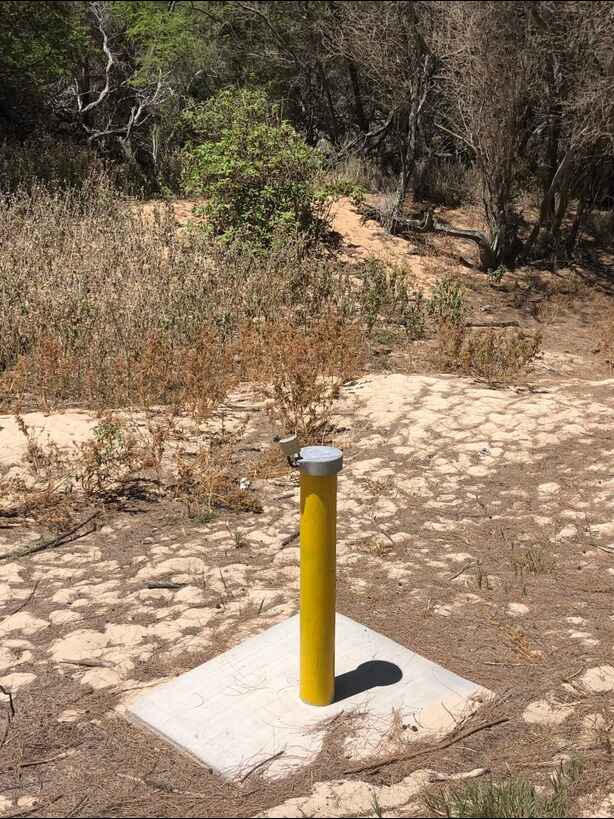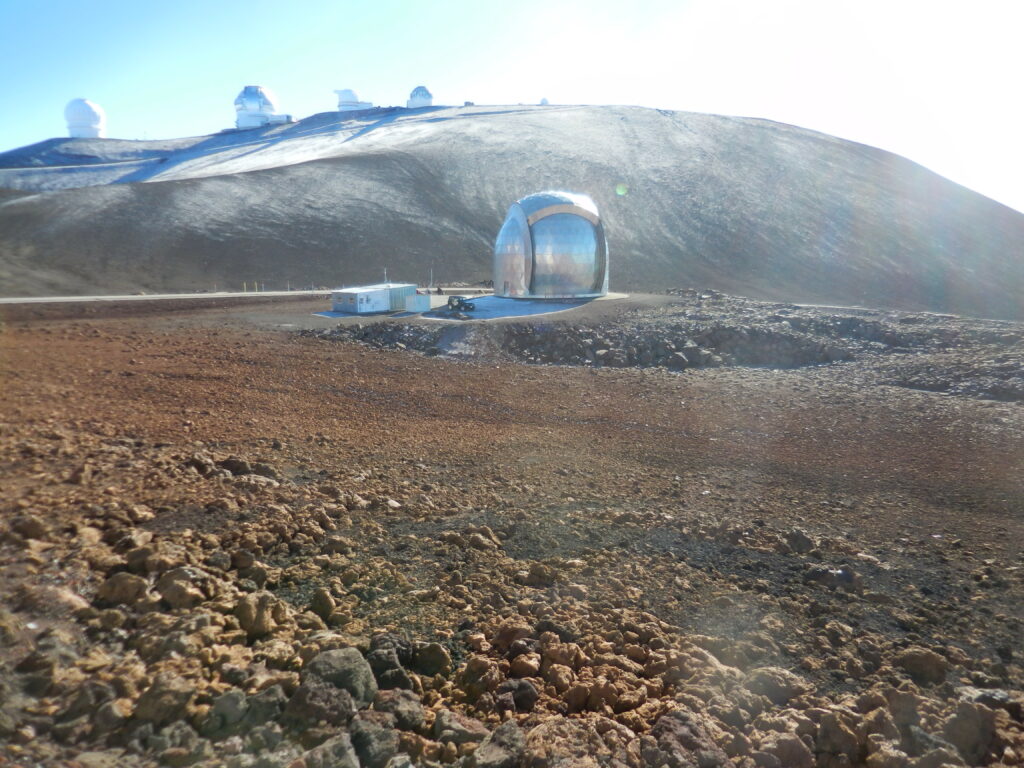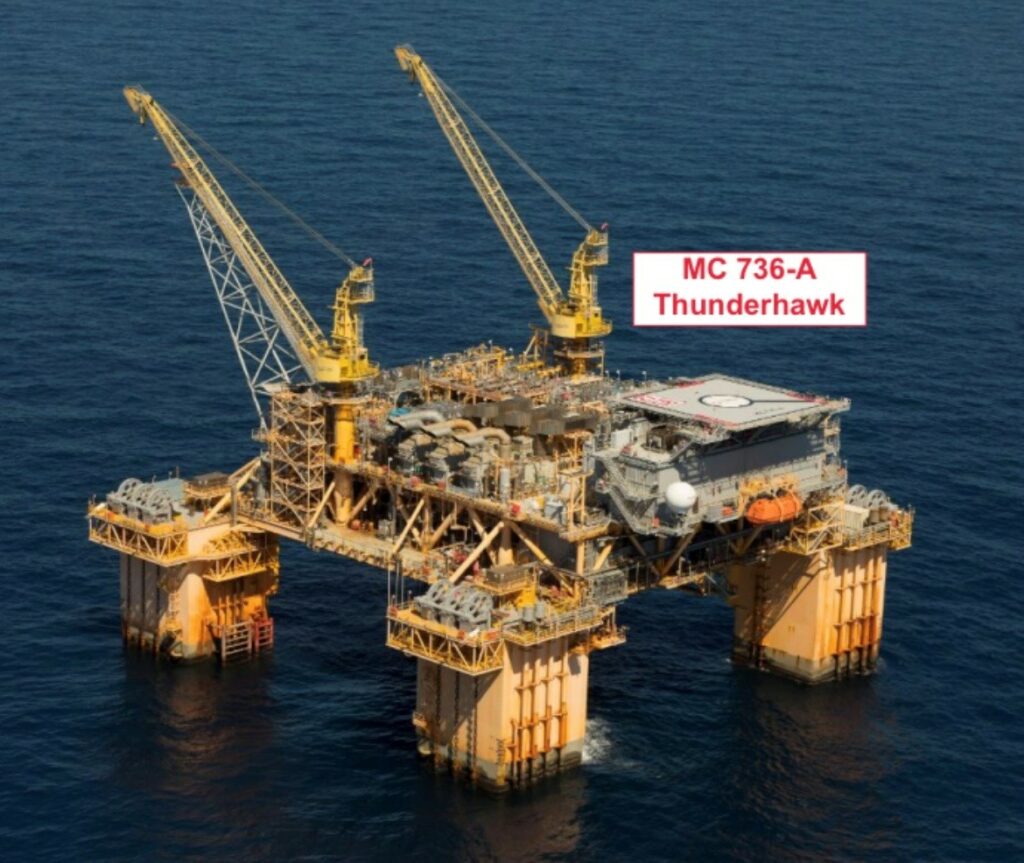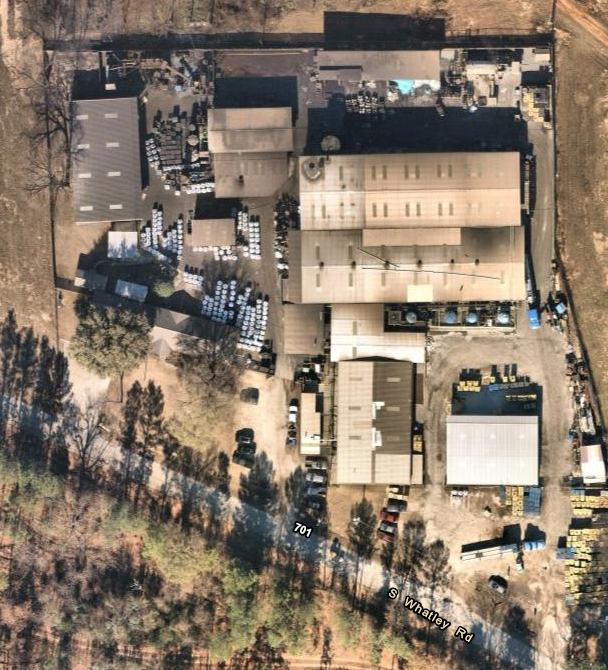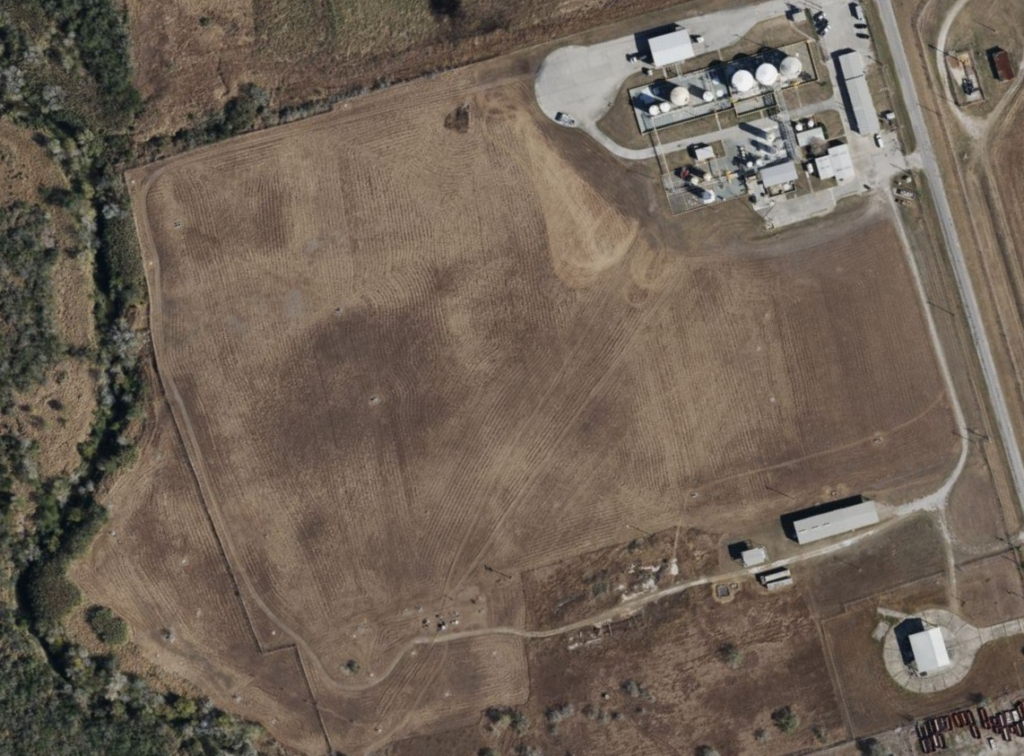Challenge: To collect the data needed to understand the extent of PFAS contamination, mitigate risks to human health and the environment, and devise strategies for long-term remediation.
Solution: This airport faces a significant environmental challenge stemming from decades of Aircraft Rescue and Fire Fighting (ARFF) training exercises, resulting in contamination of soil and groundwater from PFAS. As part of a consulting team, INTERA refined a conceptual site model (CSM), performed a data gap analysis, and formulated a sampling and analysis plan (SAP). To develop the CSM, we integrated various sources of information including interviews with airport personnel, review of previous investigations, regional hydrogeological data, and state regulatory guidance. The CSM provides a framework for understanding the pathways of PFAS migration and potential impacts on both the local ecosystem and human populations. It identified critical data gaps, highlighting the need for a comprehensive investigation to effectively inform remedial actions. Building on this understanding, a SAP was prepared, detailing the objectives, rationale, and methods for collecting data needed to address the identified gaps. Through literature reviews, consultations with vendors, and laboratory assessments, the SAP incorporated state-of-the-art sampling and analysis techniques for PFAS in various environmental matrices including soil, groundwater, and porewater.
Results: Through the integration of existing site-specific investigation and regional hydrogeological data, a detailed SAP was prepared that includes expanded sampling efforts of the source area and potentially affected downgradient areas, to provide the additional data needed to make more informed decisions and develop effective remediation strategies.

